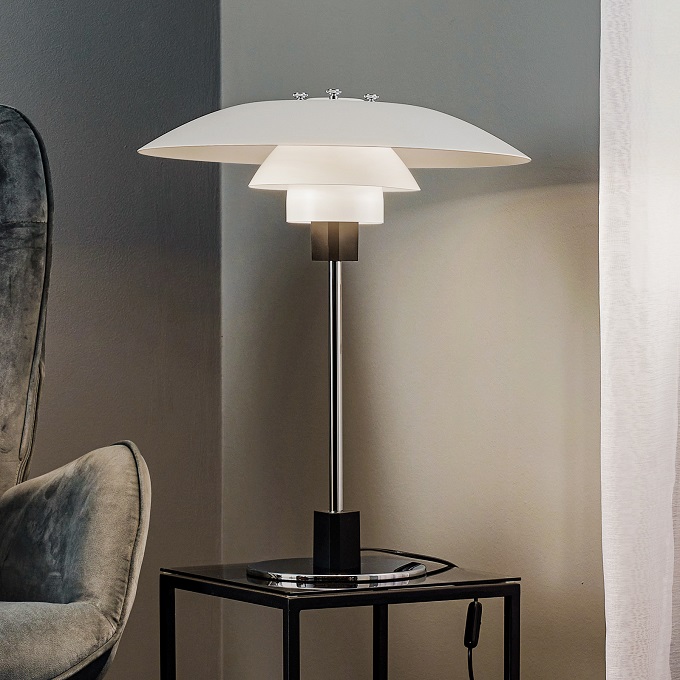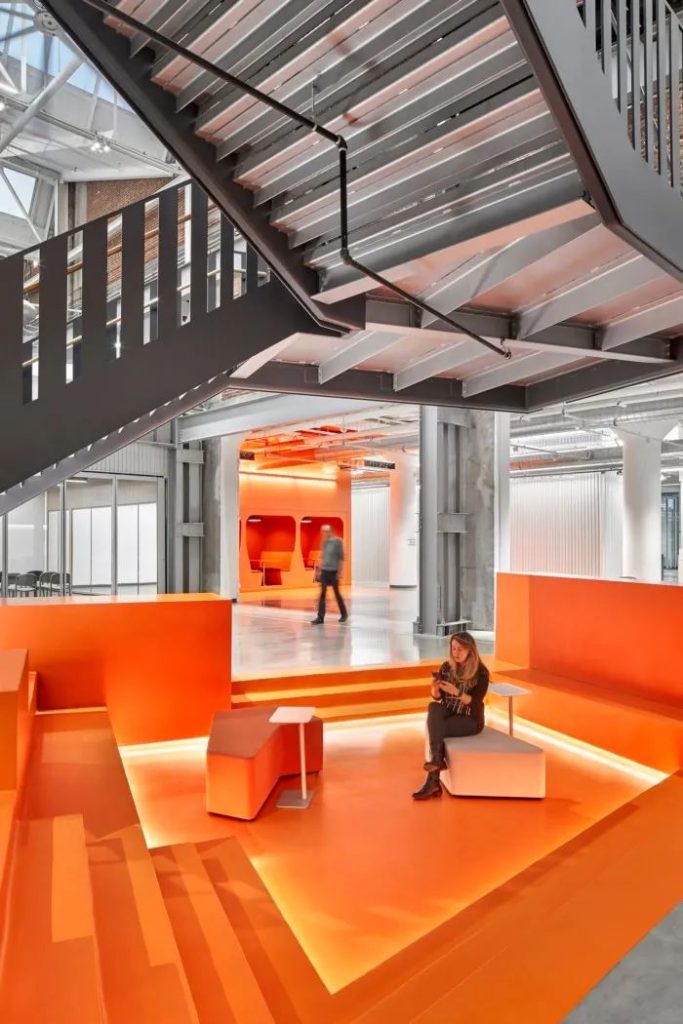When I think about the kitchen, I often consider it the heart of my home, a place where culinary creativity flourishes and family gatherings take place. However, the significance of proper lighting in this space cannot be overstated. Good lighting not only enhances the functionality of the kitchen but also contributes to its overall aesthetic appeal.
A well-lit kitchen allows me to perform tasks with precision, whether I’m chopping vegetables, reading a recipe, or cleaning up after a meal. The right lighting can help me avoid accidents, such as cutting myself while preparing food or spilling ingredients due to poor visibility. Moreover, it creates an inviting atmosphere that encourages family and friends to gather, fostering connections and memories over shared meals.
In addition to safety and functionality, the ambiance created by proper lighting can dramatically transform the kitchen’s atmosphere. I have found that different lighting schemes can evoke various moods, from bright and energetic during breakfast preparations to soft and warm during intimate dinners. The ability to adjust the lighting according to the time of day or occasion allows me to personalize my kitchen experience.
Furthermore, good lighting can highlight architectural features, such as cabinetry or countertops, making them stand out and enhancing the overall design of the space. In essence, proper lighting is not merely a practical necessity; it is an essential element that elevates the kitchen from a utilitarian space to a warm and inviting environment.
Types of Kitchen Lighting Fixtures
As I explore the various types of kitchen lighting fixtures Wasoba available, I realize that each serves a unique purpose and can significantly impact the overall design and functionality of my kitchen. The three primary categories of kitchen lighting are ambient, task, and accent lighting. Ambient lighting provides general illumination, ensuring that the entire space is well-lit.
This type of lighting is often achieved through ceiling-mounted fixtures, such as flush mounts or chandeliers, which can create a warm glow that fills the room. I appreciate how ambient lighting sets the stage for other types of lighting to shine through, creating a balanced and harmonious environment. Task lighting, on the other hand, is specifically designed to illuminate work areas where I need focused light for activities like cooking or food preparation.
Under-cabinet lights are a popular choice for task lighting, as they provide direct illumination on countertops without casting shadows. Pendant lights above an island or dining area also serve this purpose while adding a stylish touch to the kitchen’s decor. Lastly, accent lighting is used to highlight specific features or areas within the kitchen, such as artwork or decorative shelving.
This type of lighting adds depth and interest to the space, allowing me to showcase my personal style while enhancing the overall aesthetic appeal of my kitchen.
Tips for Choosing the Right Lighting for Your Kitchen
When it comes to selecting the right lighting for my kitchen, I have learned that there are several key factors to consider that can make a significant difference in both functionality and style. First and foremost, I assess the layout and size of my kitchen. A larger space may require multiple light sources to ensure even illumination throughout, while a smaller kitchen might benefit from fewer fixtures that maximize light output without overwhelming the area.
Additionally, I take into account the color scheme and design elements already present in my kitchen. Choosing fixtures that complement these aspects can create a cohesive look that ties everything together beautifully. Another important consideration is the type of bulbs I choose for my fixtures.
The color temperature of light bulbs can greatly influence the mood of my kitchen. For instance, warmer tones (around 2700K) create a cozy and inviting atmosphere, perfect for family gatherings and intimate dinners. In contrast, cooler tones (around 4000K) provide a more energetic and focused environment ideal for cooking and meal prep.
I also pay attention to energy efficiency; opting for LED bulbs not only reduces energy consumption but also has a longer lifespan compared to traditional incandescent bulbs. By carefully considering these factors, I can create a well-lit kitchen that meets my functional needs while reflecting my personal style.
Creative Ways to Incorporate Task Lighting
Incorporating task lighting into my kitchen has been an exciting journey filled with creativity and innovation. One of my favorite methods is using under-cabinet lighting to illuminate my countertops effectively. This not only enhances visibility while I’m chopping vegetables or mixing ingredients but also adds a modern touch to my kitchen design.
I have experimented with various types of under-cabinet lights, including LED strips and puck lights, each offering unique benefits. The flexibility of LED strips allows me to customize their length and placement, ensuring that every inch of my workspace is well-lit without creating harsh shadows. Another creative approach I’ve discovered is utilizing pendant lights above my kitchen island or dining area.
These fixtures not only serve as functional task lighting but also act as statement pieces that draw attention and add character to the space. I enjoy selecting pendants with unique designs or colors that reflect my personal style while providing ample light for meal preparation or casual dining. Additionally, I have found that layering different types of task lighting—such as combining pendant lights with recessed lighting—creates a dynamic visual effect while ensuring that every corner of my kitchen is adequately illuminated for various activities.
Using Ambient Lighting to Create a Cozy Atmosphere
Creating a cozy atmosphere in my kitchen through ambient lighting has become one of my favorite design elements. I have discovered that soft, diffused light can transform an otherwise stark space into a warm and inviting environment where family and friends feel comfortable gathering. One effective way I’ve achieved this is by installing dimmer switches on my overhead fixtures.
This allows me to adjust the brightness according to the time of day or occasion—brightening the space during busy meal prep times while dimming it down for relaxed evening dinners. In addition to dimmers, I have also explored various ambient lighting options that contribute to a cozy atmosphere. For instance, using warm-toned bulbs in my ceiling fixtures creates a gentle glow that envelops the room in warmth.
I have also incorporated decorative elements like string lights or lanterns in certain areas of my kitchen, adding an element of charm and whimsy. These subtle touches not only enhance the overall ambiance but also make my kitchen feel more like a welcoming gathering place rather than just a functional workspace.
Adding Accent Lighting for a Stylish Touch
Accent lighting has become an essential component in elevating the style of my kitchen while showcasing its unique features. One way I’ve embraced this concept is by highlighting architectural details such as crown molding or open shelving with strategically placed spotlights or LED strips. This not only draws attention to these elements but also adds depth and dimension to the overall design of my kitchen.
By illuminating these features, I create visual interest that captivates anyone who enters the space. Moreover, I have found that accent lighting can be used creatively to showcase decorative items or artwork within my kitchen. For example, placing small LED lights above a collection of cookbooks or framed photos adds an artistic flair while providing subtle illumination that enhances their visibility.
This approach allows me to express my personality through curated displays while ensuring that they remain an integral part of the overall design scheme. By thoughtfully incorporating accent lighting into my kitchen, I can achieve a stylish touch that reflects both functionality and aesthetic appeal, making it a truly inviting space for all who enter.
















